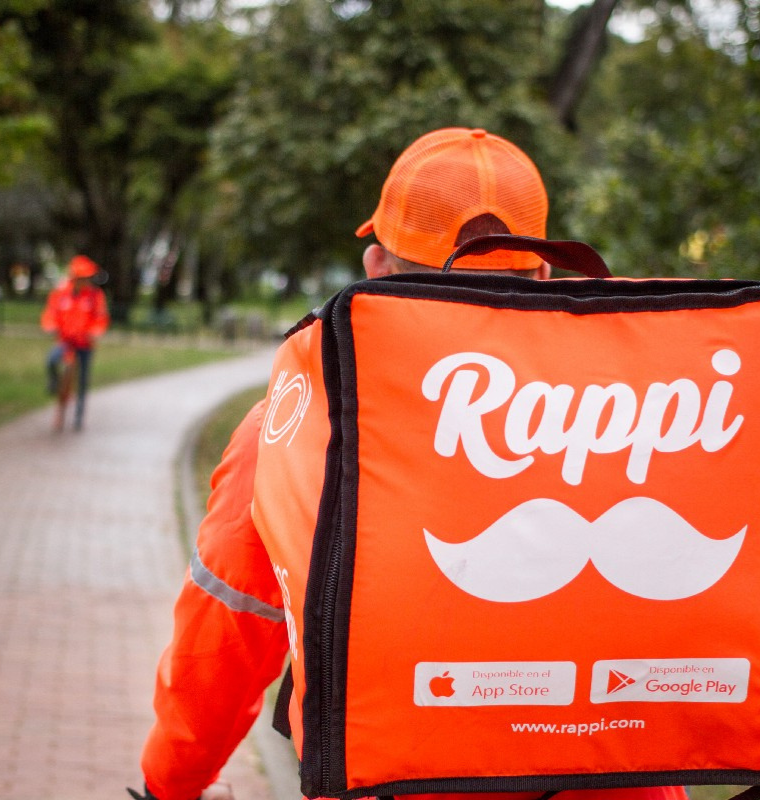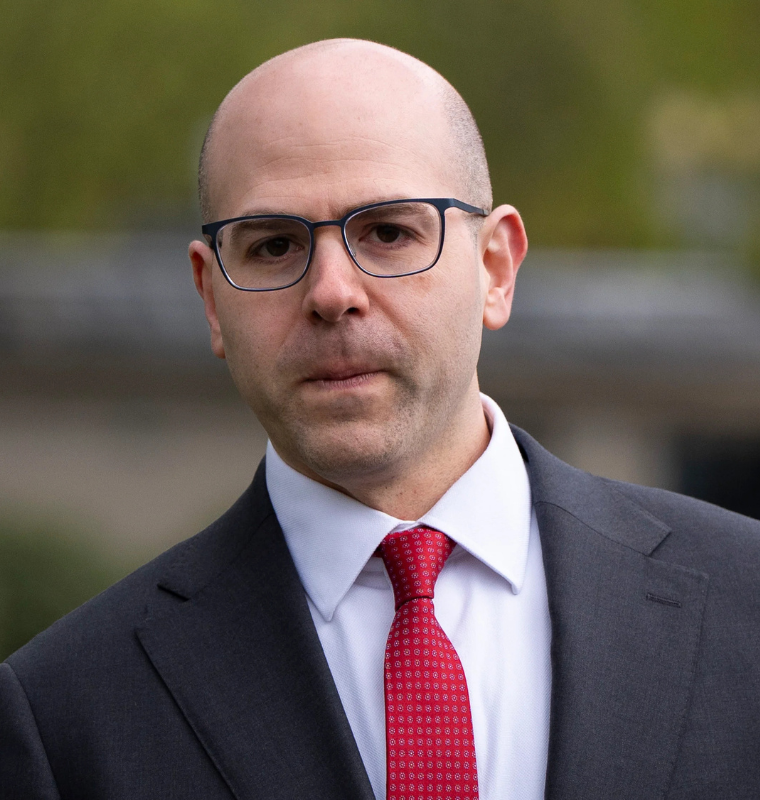How Luxury Labels Like Coach Are Brewing New Ways to Woo Asian Shoppers
How Luxury Labels Like Coach Are Brewing New Ways to Woo Asian Shoppers
By
Rachel Steinberg
Last updated:
October 14, 2025
First Published:
October 14, 2025

Photo: Alizila
Luxury fashion brands are stirring things up in Asia—not just by launching seasonal collections, but by turning their shops into destinations for coffee, ice cream, and community. For brands like Coach, Ralph Lauren, Prada, Louis Vuitton, and Dior, the path to attracting new customers is less about racks of handbags and more about experiences: spaces that invite people to linger, snap photos, share on social media, and feel part of something bigger than a purchase.
A Feast for the Senses: Fashion Meets Flavor
Coach’s recent venture into experiential retail exemplifies how fashion houses are rethinking the store formula. After trying several concepts, Coach CEO Todd Kahn says the brand found cafes to be the most effective format. In places like Singapore, Coach cafes aren’t just sidebar experiments—they generate profits on their own and help push merchandise sales in adjacent showrooms.
Take one example: Coach’s soft-serve “chili crab” ice cream (yes, actual ice cream infused with one of Singapore’s most iconic flavors), topped with a branded mantou (fried bun), has captured attention and created buzz. At Coach’s café in Resorts World Sentosa, such novelty treats and café staples draw in both shoppers and casual passersby. A vanilla latte at another café location might cost SG$9 (about US$6-7), while a corduroy Ralph Lauren letter jacket nearby lists for roughly SG$900 (≈ US$700), underscoring the range of experiences and price points under one luxury roof.
Why Gen Z and Experience Are Driving Strategy
Younger consumers in Asia, especially Gen Z, are valuing self-expression, community, and immersive experiences over just owning luxury items. As Kahn told “Squawk Box Asia,” these consumers are more likely to publicly share how they live, what they do, and where they go—social validation has become part of the purchase.
Brands are capitalizing on that by offering settings where people can relax, linger, and share content. A café inside a luxury store does more than sell coffee—it gives companions a place to wait, shoppers more time to browse, and brands more time to impress.
Coach reports that where it has café spaces in its high foot-traffic stores, merchandise sales are 15% to 35% higher compared to stores without them. That’s a significant boost, particularly in an environment where growing new customers is harder, and costs are rising.
Experiential Retail: Trends, Reach, and Expansion
Coach has over 980 stores globally, but its strategy suggests this café-plus-shopping model is far from niche. Over the next four years, the brand aims to open more than 100 coffee shops worldwide tied to its store network. In Asia, it even plans to launch a Coach-branded steakhouse in Singapore’s Jewel Changi Airport in October, underlining a willingness to experiment with formats beyond cafés.
These moves align with broader shifts across luxury. According to Bain & Company, global luxury spending in 2024 — including both goods and experiences — is expected to hover near €1.48 trillion, but growth in personal luxury goods (handbags, apparel, accessories) is flat or declining by about 2% compared to 2023. Meanwhile, spending on luxury experiences — food, travel, hospitality — is outperforming goods. Younger consumers increasingly prefer narrative, ambiance, and experience over just logo and craftsmanship.
Sources report that the number of luxury consumers globally has dropped by about 50 million in the past two years, largely due to price hikes and macroeconomic uncertainty, especially among younger shoppers who are more price sensitive.
Pricing, Value, and the Rising Challenge
Luxury goods companies face a complex balancing act. On one hand, price increases over recent years have been steep—many brands have raised prices to offset inflation, supply chain costs, and currency fluctuations. On the other hand, aspirational consumers (including younger buyers) are pushing back, feeling priced out or squeezed.
Coach acknowledges this tension. While some handbags and products now cost more, the majority of its sales come from products priced between US$300-US$500, which for many young consumers is still within reach. “I don’t feel good about having to tell somebody you should save four months of salary to buy a handbag,” Kahn said, stressing the importance of attainable luxury.
What This Means for Luxury as a Whole
Experiential retail is more than a marketing gimmick; it’s now a strategic lever for luxury brands trying to maintain relevance in turbulent markets. As the industry grapples with a slowdown in core goods sales, thinning customer bases, and rising expectations, moments like cafés, food launches, and community-centric spaces offer something deeper: emotional connection.
For brands to thrive, the ones that will succeed are likely those that:
- integrate immersive experiences in their physical stores
- offer varied price points without diluting brand prestige
- pay attention to younger generations’ expectations around authenticity, sustainability, and shareability
- manage cost pressures while maintaining design innovation
Experiential retail—coffee, soft-serve ice cream with local flavour, restaurants, and community spaces—is fast becoming the front line in luxury’s competition for the hearts (and wallets) of Asian consumers. In a world where owning luxury is less novel than sharing it, brands that make buying feel belonging are winning the newest generation.
Popular articles
Subscribe to unlock premium content
The Digital Stage Economy: How Virtual Concerts Are Turning Pixels Into Profits
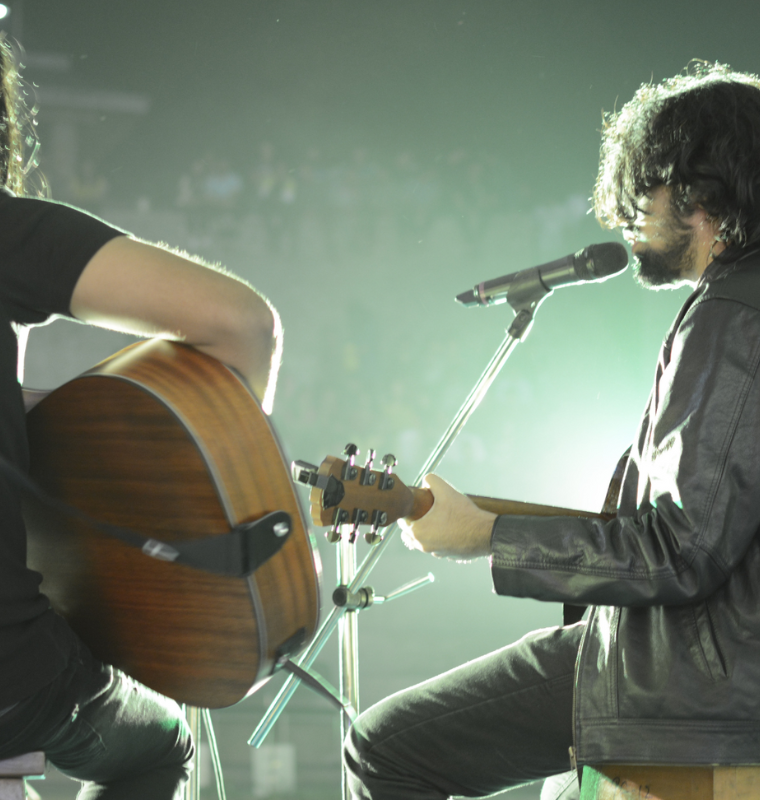
The Festival Economy: How Cultural Celebrations Turn Into Massive Markets
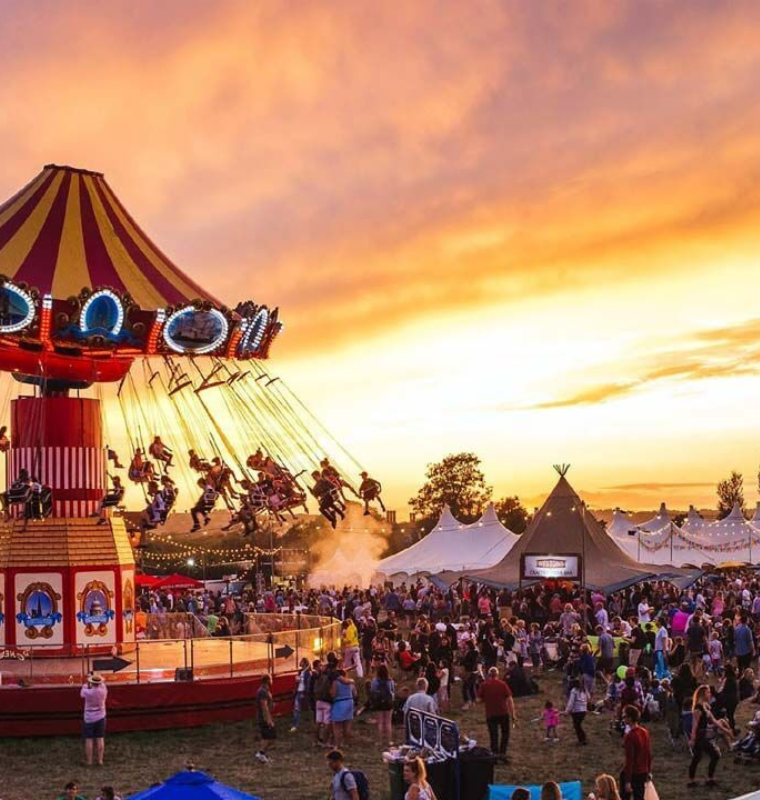
The Nostalgia Effect: How the Past Drives Modern Buying Decisions
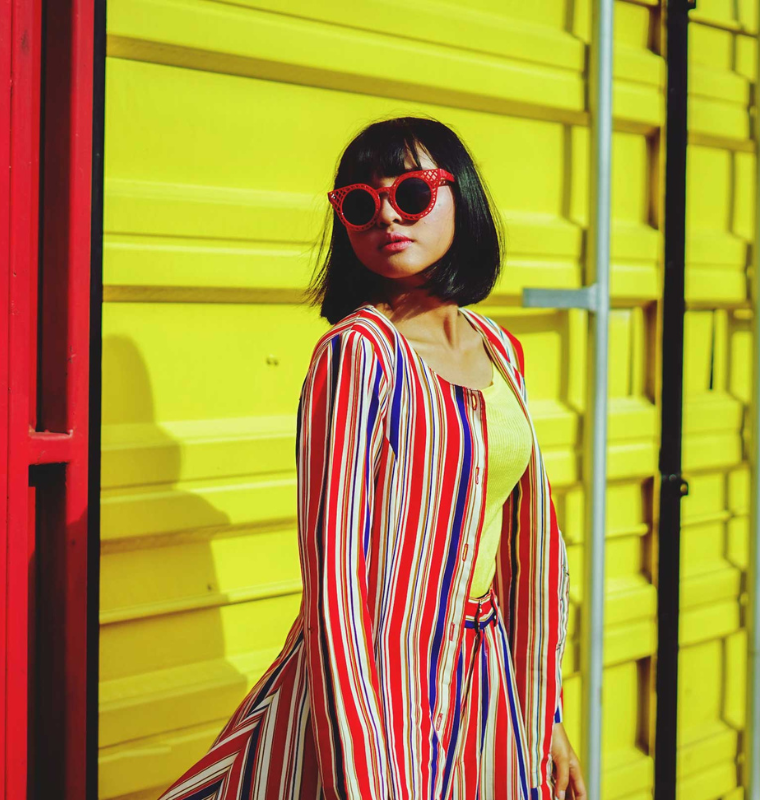
The Digital Stage Economy: How Virtual Concerts Are Turning Pixels Into Profits

The Festival Economy: How Cultural Celebrations Turn Into Massive Markets

The Digital Stage Economy: How Virtual Concerts Are Turning Pixels Into Profits







